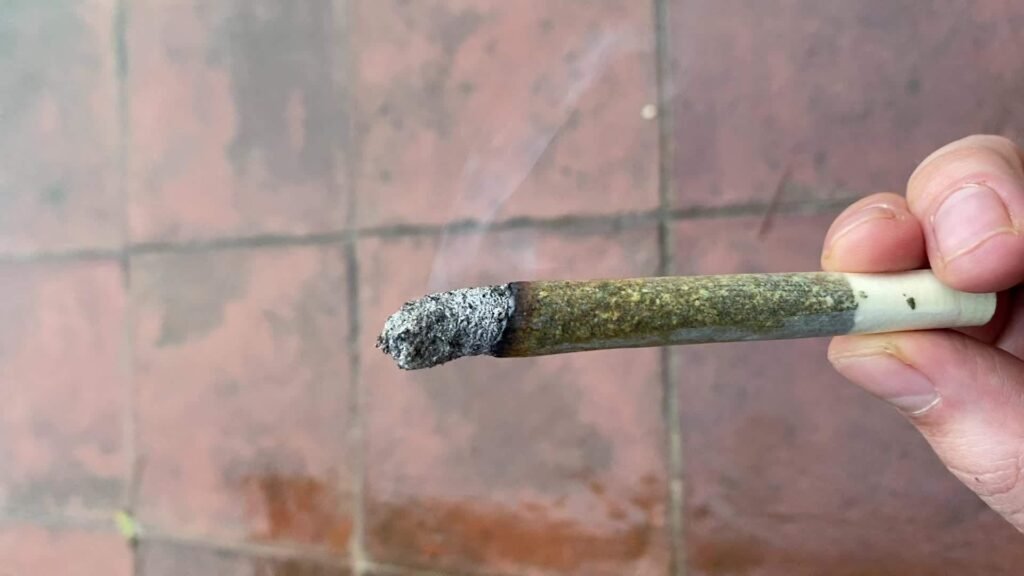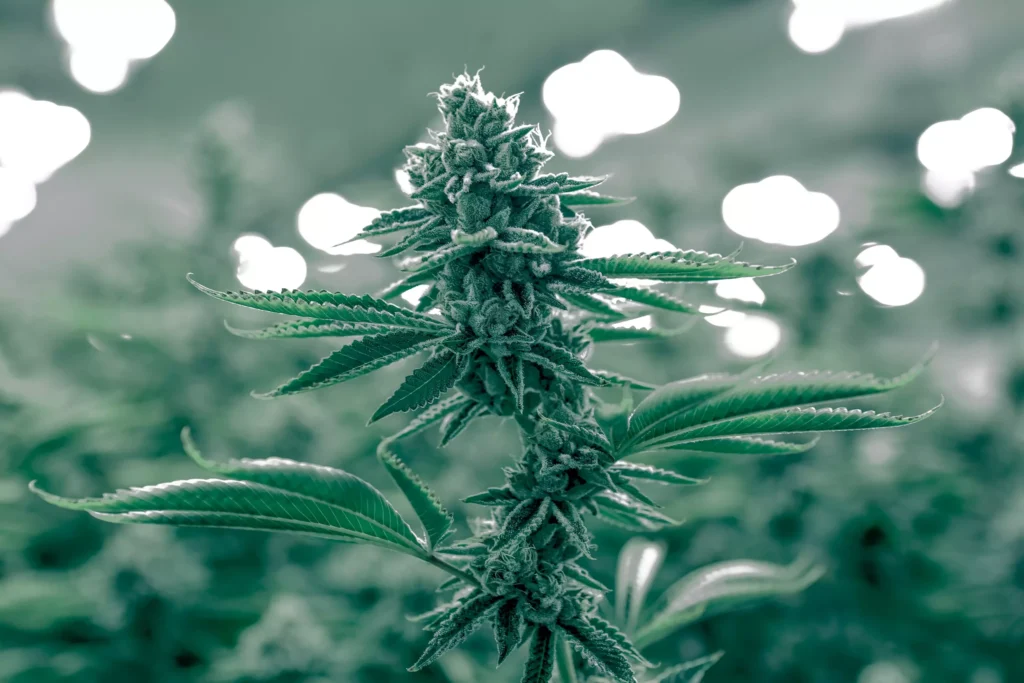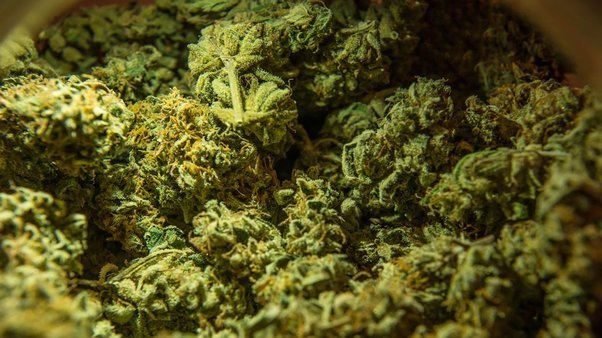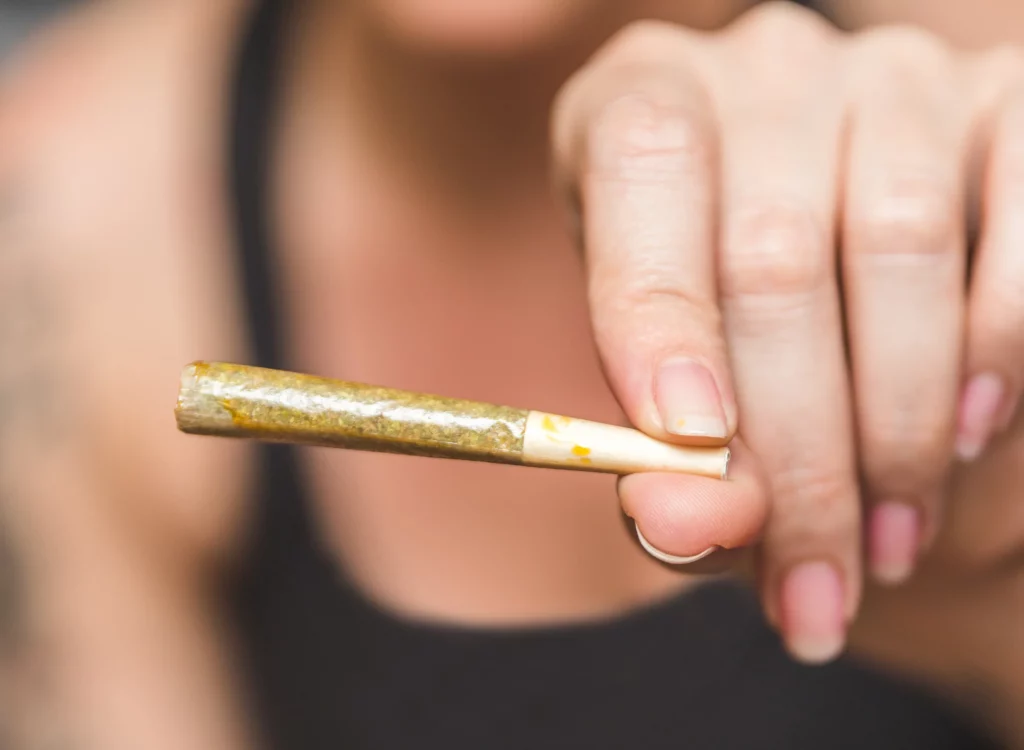 In the world of cannabis consumption, the color of ash left behind after burning has long been a topic of discussion and even myth. Some enthusiasts believe that white ash is a hallmark of high-quality cannabis, while others dismiss it as a mere aesthetic consideration. To separate fact from fiction, it’s crucial to delve into the science behind its coloration and dispel common misconceptions.
In the world of cannabis consumption, the color of ash left behind after burning has long been a topic of discussion and even myth. Some enthusiasts believe that white ash is a hallmark of high-quality cannabis, while others dismiss it as a mere aesthetic consideration. To separate fact from fiction, it’s crucial to delve into the science behind its coloration and dispel common misconceptions.
White Ash – Myth or Quality Indication?
Among weed aficionados, the belief that white ash signifies top-tier quality has persisted for years. The idea goes that well-cured and properly grown cannabis produces ash with a pristine white ash weed vs black ash weed, indicating minimal impurities and a smoother smoking experience, desirable when using products like pre-rolls. However, the connection between its color and quality isn’t as straightforward as it may seem.
Understanding Ash Coloration
The color of ash results from the combustion process during smoking. When weed burns, the organic matter within—such as cellulose, chlorophyll, and other plant compounds—undergoes chemical transformations. The combustion of these compounds generates ash, and the color is influenced by factors like temperature, airflow, and the presence of minerals.
Moisture Content and Curing: Debunking the White Ash Myth
Contrary to popular belief, the moisture content of the cannabis flower plays a pivotal role in ash coloration. Well-cured marijuana, which has undergone an appropriate drying and curing process, tends to burn more efficiently, potentially resulting in a lighter-colored ash. However, this doesn’t inherently indicate superior quality; it is a reflection of the curing process rather than the potency or purity of the marijuana.
Temperature Matters: The Role of Combustion Heat
One significant factor affecting ash color is the combustion temperature. Higher temperatures during the burning process often lead to whiter product. However, this doesn’t necessarily correlate with the quality of the cannabis. The temperature can be influenced by various factors, including the combustion method, the moisture content of the flower, and the combustion chamber’s design.
Minerals and Impurities: The Gray Ash Conundrum
While white ash is often associated with cleaner combustion, the presence of minerals and impurities can create a grayish tint. In some cases, well-cultivated and properly cured cannabis may still produce gray ash due to factors such as soil composition and mineral content absorbed during the plant’s growth. Therefore, using the hue as the sole indicator of weed quality oversimplifies the intricate chemistry at play.
Consumption Method Variation: Different Strokes for Different Ash Colors
The method of consumption also influences the hue. Vaporization, for instance, tends to produce ash with a lighter color compared to combustion through smoking. Each consumption method introduces unique variables, and the resulting color may not consistently align with perceived notions of cannabis quality.
The Holistic View: Quality Beyond Ash Color
In assessing cannabis quality, it’s crucial to adopt a holistic perspective. While the hue can provide some insights into the combustion process and curing methods, it’s only one aspect of the overall marijuana experience. Factors such as cannabinoid and terpene content, cultivation practices, and the individual’s subjective response all contribute to the nuanced definition of quality. Choose only reputed marijuana delivery services and online dispensaries to ensure desired experience.
Conclusion
Dispelling the myth of white ash as the ultimate marker of weed quality is essential for fostering a more informed and nuanced perspective. The difference between weed white ash vs black ash is influenced by a myriad of factors, and while well-cured cannabis may exhibit a lighter hue, it doesn’t singularly define the herb’s overall merit. By embracing a comprehensive understanding of weed quality, enthusiasts can appreciate the plant’s complexity beyond the surface-level observation of color.
 As the cannabis industry continues to expand, so does the need for effective digital marketing strategies, with search engine optimization playing a pivotal role. For marijuana blogs aiming to capture a wider audience and enhance their online visibility, optimizing content for search engines is essential. Here are valuable SEO tips tailored for marijuana blogs to ensure they stand out in the digital landscape.
As the cannabis industry continues to expand, so does the need for effective digital marketing strategies, with search engine optimization playing a pivotal role. For marijuana blogs aiming to capture a wider audience and enhance their online visibility, optimizing content for search engines is essential. Here are valuable SEO tips tailored for marijuana blogs to ensure they stand out in the digital landscape. Selecting the ideal CBD flower product in Canada requires a nuanced approach, considering various factors to ensure that it aligns with your specific needs and preferences. As the market continues to flourish, understanding how to navigate the diverse range of products available is crucial for making an informed decision tailored to your well-being.
Selecting the ideal CBD flower product in Canada requires a nuanced approach, considering various factors to ensure that it aligns with your specific needs and preferences. As the market continues to flourish, understanding how to navigate the diverse range of products available is crucial for making an informed decision tailored to your well-being. In the dynamic landscape of the contemporary workplace, the confidentiality of discussions, particularly those related to Human Resources matters, is of paramount importance. Privacy pods, innovative enclosed spaces within office environments, play a pivotal role in creating secure and discreet settings for confidential conversations. This article explores how these dedicated spaces redefine the way HR matters are addressed, ensuring that sensitive discussions are handled with the utmost privacy and professionalism.
In the dynamic landscape of the contemporary workplace, the confidentiality of discussions, particularly those related to Human Resources matters, is of paramount importance. Privacy pods, innovative enclosed spaces within office environments, play a pivotal role in creating secure and discreet settings for confidential conversations. This article explores how these dedicated spaces redefine the way HR matters are addressed, ensuring that sensitive discussions are handled with the utmost privacy and professionalism. In the realm of criminal law, the role of a defense attorney is crucial in upholding the principles of justice and protecting the rights of individuals accused of crimes. Serving as the advocates for the accused, criminal defense attorneys play a vital role in ensuring a fair and balanced legal process. Their work encompasses a range of responsibilities that go beyond courtroom representation. In this article, we will explore the role and importance of
In the realm of criminal law, the role of a defense attorney is crucial in upholding the principles of justice and protecting the rights of individuals accused of crimes. Serving as the advocates for the accused, criminal defense attorneys play a vital role in ensuring a fair and balanced legal process. Their work encompasses a range of responsibilities that go beyond courtroom representation. In this article, we will explore the role and importance of  Erectile dysfunction (ED), also known as impotence, is a common condition that affects men of all ages. It is characterized by the inability to achieve or maintain an erection sufficient for sexual intercourse. While it can be a frustrating and embarrassing condition, it is important to understand that ED is treatable in most cases. Here’s what you should know about erectile dysfunction.
Erectile dysfunction (ED), also known as impotence, is a common condition that affects men of all ages. It is characterized by the inability to achieve or maintain an erection sufficient for sexual intercourse. While it can be a frustrating and embarrassing condition, it is important to understand that ED is treatable in most cases. Here’s what you should know about erectile dysfunction. Infused pre-rolls can be one of the most convenient and enjoyable way to experience the medicinal and recreational benefits of marijuana. Whether you are just starting out or are a seasoned user, let us discuss a few tips that would help you enhance your experience with Its Primo cannabis products like infused pre-rolled joints.
Infused pre-rolls can be one of the most convenient and enjoyable way to experience the medicinal and recreational benefits of marijuana. Whether you are just starting out or are a seasoned user, let us discuss a few tips that would help you enhance your experience with Its Primo cannabis products like infused pre-rolled joints. Moving across the country can be a daunting task, requiring careful planning and organization. One of the most crucial aspects of a successful cross country move is efficient packing. Proper packing techniques and organization can save time, protect your belongings, and make the unpacking process easier at your new destination. In this article, we will explore some essential tips and strategies for packing and organizing your belongings during a cross country move. Don’t ignore the importance of hiring the most reliable
Moving across the country can be a daunting task, requiring careful planning and organization. One of the most crucial aspects of a successful cross country move is efficient packing. Proper packing techniques and organization can save time, protect your belongings, and make the unpacking process easier at your new destination. In this article, we will explore some essential tips and strategies for packing and organizing your belongings during a cross country move. Don’t ignore the importance of hiring the most reliable  Testosterone is a hormone that plays a significant role in the development and maintenance of muscle mass and strength in men. However, as men age, their testosterone levels naturally decline, leading to a potential loss of muscle mass, reduced muscle tone, and decreased strength.
Testosterone is a hormone that plays a significant role in the development and maintenance of muscle mass and strength in men. However, as men age, their testosterone levels naturally decline, leading to a potential loss of muscle mass, reduced muscle tone, and decreased strength. In today’s fast-paced and open office environments, maintaining productivity and privacy can be challenging. As a result, there has been a growing trend towards the implementation of soundproof phone booths in workplaces. These private and acoustically controlled spaces offer a solution to the distractions and lack of privacy that can hinder productivity. In this article, we will explore the rise of sound proof booth and their impact on enhancing productivity and privacy in various settings.
In today’s fast-paced and open office environments, maintaining productivity and privacy can be challenging. As a result, there has been a growing trend towards the implementation of soundproof phone booths in workplaces. These private and acoustically controlled spaces offer a solution to the distractions and lack of privacy that can hinder productivity. In this article, we will explore the rise of sound proof booth and their impact on enhancing productivity and privacy in various settings.